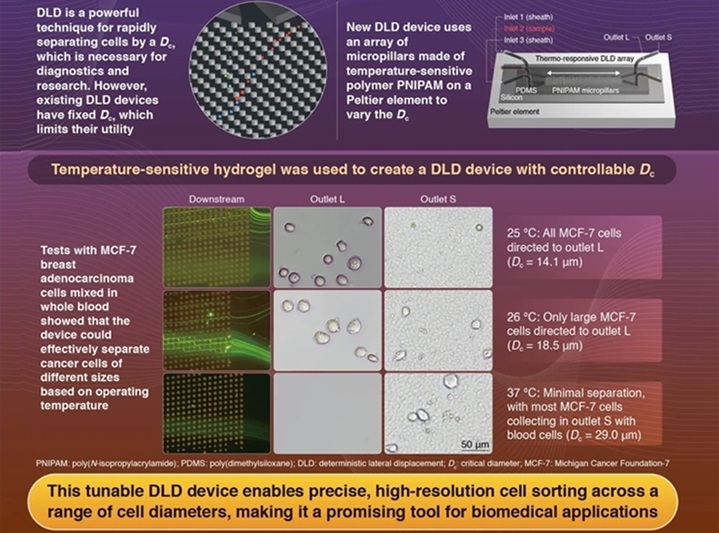Pathology Lab on Wheels Can Revolutionize Brain Surgery
Posted on 27 May 2022
Guesswork defines a central challenge of brain surgery. Cut too little and the residual tumor cells will reboot and kill the patient. Cut too much and critical brain functions could be irreversibly damaged. Studies show that in up to three-quarters of patients with brain cancer, portions of the tumor that could be safely removed are left behind, simply because the surgeon cannot see them. Without visual certainty, the risk of removing precious healthy tissue that could be involved in speech, memory, movement, or virtually any other important function of the brain is simply too high to cut beyond the known boundaries. Now, a radically new kind of imaging system helps brain surgeons cut with more confidence.
The new imaging system, now employed at the Brain and Spine Tumor Center at NYU Langone’s Perlmutter Cancer Center NYU Langone (New York, NY, USA), is called stimulated Raman histology, or SRH, a method that distinguishes tumor regions, rich in protein and DNA, from normal lipid-rich brain tissue, creating contrasted images akin to conventional histology slides. The technology is based on an old technique, Raman spectroscopy, used in chemistry since the 1920s, that involves shining a laser beam at a sample. The unique vibrational properties of different molecules change the optical properties of the laser, helping to create an image of the sample’s structure.

Pathologists can just as readily distinguish between cancerous and healthy tissue using the SRH images made in the operating room compared to the conventional ones created in the lab. The system works in concert with a powerful new diagnostic technique that leverages AI to distinguish among tumor types in less than two minutes, compared to the 20 to 30 minutes it typically takes human pathologists. The speed of diagnosis is a game changer, eliminating the time that a patient remains on the operating table while surgeons await lab results - a dangerous gap that increases the odds of infection or complications. Housed in a metal box about the size of a mini-fridge and mounted on wheels, the technology, which is now available to all NYU Langone Health patients with brain tumors, can be rolled into any operating room to provide a surgeon with near real-time analysis of a tissue sample.
“If we have a patient with a tumor of unknown etiology, for example, we might not know whether it’s glioblastoma or lymphoma - two tumors with very different treatments. Making the distinction in the operating room is extremely important,” said Daniel A. Orringer, MD. “Surgical decision-making is like operating brake and gas pedals. We are taking the guesswork out of the picture by allowing the surgeon to interrogate the tissue on a microscopic level and use imaging data to inform surgical strategy.”
Related Links:
NYU Langone














